Contents
Varieties of violets, violet care
Botanical characteristics of violets
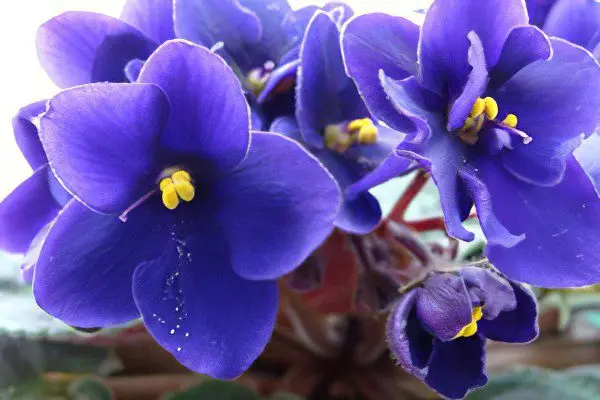 Violet is a perennial low plant with a creeping growing rhizome. Violet leaves are shaped like a heart. Single flowers come in a variety of shades. The violet fruit is presented in the form of an interesting box with a large number of seeds. The root of this plant is thin and slightly branched. The flowering of this herbaceous plant begins in mid-March and ends in May. It bears fruit in August. Violet can be seen in parks, forests, between bushes and under trees. This plant is found throughout Russia. Decorative violets bloom with pleasure in front gardens and flower beds. |
Reproduction of violets
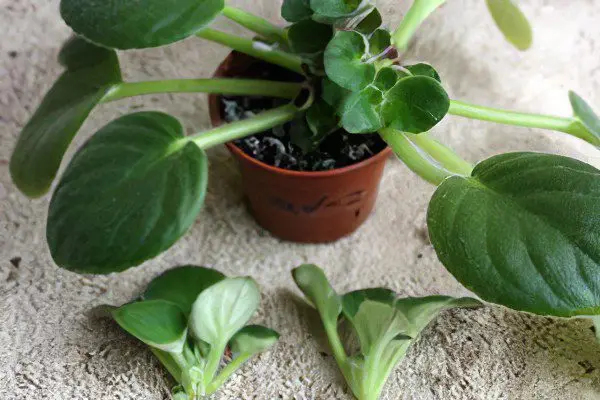
Violet can be propagated by seeds, but sometimes the method is used with cuttings of shoots. From seeds, the plant grows much stronger than with the help of cuttings. Seeds need to be planted in the beds. Shoots will appear in April. And after a month they need to be transplanted separately from each other. Do you want to see beautiful violets in a pot on your windowsill in winter? To do this, at the end of summer, dig up the plant along with an earthen clod. Plant the finished plant in a pot with fertile soil and place in a cool place. In winter, transfer this pot with a plant to a place with 10 degrees Celsius.
Violets grow well in the light and in the shade. This plant can grow well under trees. Violet does not tolerate drought. Fertile, loose and slightly moist soil is most suitable for growing violets. Wild violet can be seen in the lowlands, because moisture accumulates there.
Every 3 years after planting, it is necessary to remove old plants and plant new ones. At the same time, fertilizers (compost) are applied. If the violet does not have enough air or is not watered enough, then it will be affected by a spider mite.
Violet seeds are best sown immediately after harvest, as they quickly lose their germination capacity. Violet is a plant that can reproduce by self-sowing. It needs to be weeded regularly. Violet is an unpretentious plant. It needs regular watering, loosening and weed removal.
violet flowers
Violets are fabulously beautiful flowers that delight with their variety of shades and shapes. The size of flowers and leaves varies greatly. Thanks to selection, various varieties have been bred – from miniature to incredibly large. The flowers of this graceful plant contain anthocyanin glycosides and essential oil, due to which it is an effective remedy in the treatment of eczema, lichen, urticaria and cracked lips. Fresh juice of flowers is often used for smallpox and severe cough.
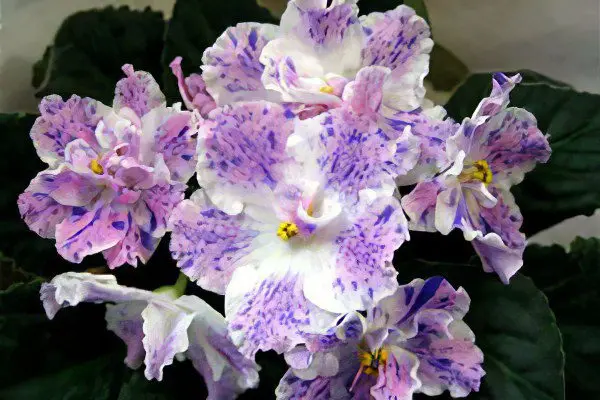  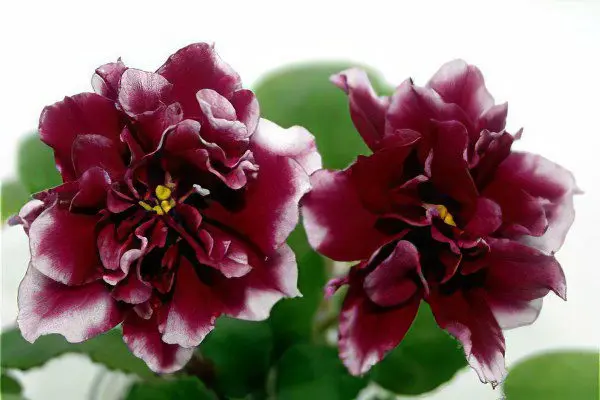  |
violet leaf
Violet leaves amaze with their content of useful substances. A decoction of these parts of the presented plant, combined with honey, can cure chronic pharyngitis, cough and various gastrointestinal ailments. An infusion of violet leaves is useful for soothing watery or irritated eyes.
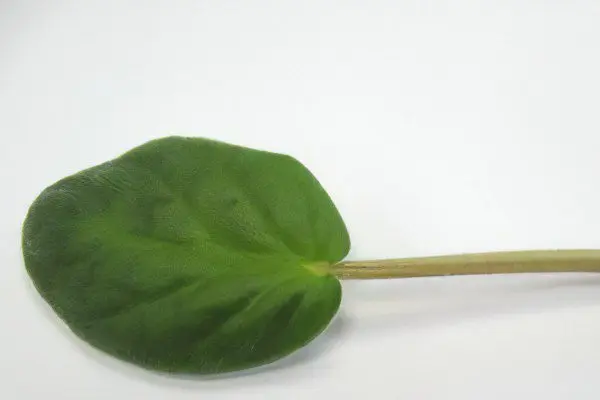 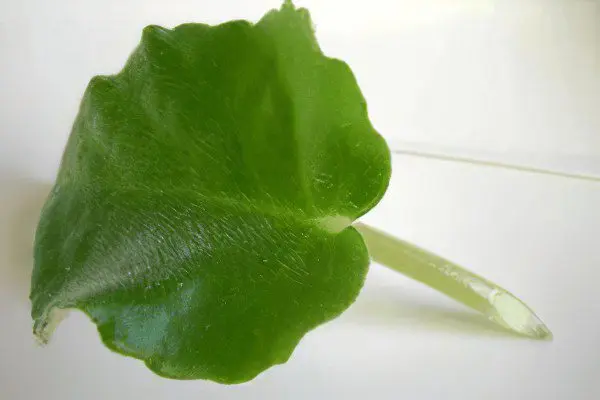  |
How to grow a violet from a leaf:
Useful properties of violets
Violet contains all substances and elements useful for the human body. The plant has anti-inflammatory, diuretic, laxative and antimicrobial properties. It is also used as a good pain reliever and sedative. In addition, this plant is often used to lower blood pressure.
Violet herb is used to treat bronchitis, sore throat and whooping cough. A decoction of violet helps to improve well-being with bronchitis, coughs, pneumonia and suffocation.
In addition, violet can be used to treat all kinds of skin diseases. A decoction of the plant will help improve overall well-being after an illness.
Application of violet
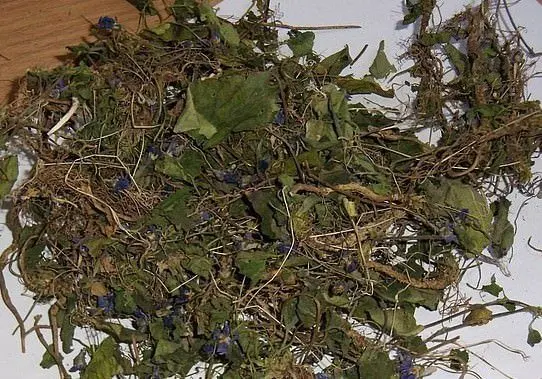
Violet is equally used in folk medicine as an excellent internal and external remedy. Violet tea is useful for dry bronchitis, in addition, it perfectly cleanses the blood of harmful substances. This plant is recommended not only for inflammation of the respiratory tract, but also for headaches, migraines and epilepsy. Violet leaves are used for external treatment of the epidermis.
The leaves of the plant are used externally for various skin diseases. An infusion made on the flowers of the plant is indispensable for convulsions, memory impairment and tinnitus.
Violet for cough. The infusion is prepared as follows: we take the grass and violet flowers in the amount of 50 grams and grind. Pour the mixture with a glass of boiling water. We let it brew for a day. After straining the composition, it is heated over a fire and a glass of sugar is added. It is necessary to take a ready infusion 4 times a day, 1 teaspoon. The optimal course of treatment is 7 days.
Violet tincture for angina. To prepare it, you need to take 50 grams of violet flowers and pour a glass of alcohol. We leave for 1 week to infuse. It is necessary to take tincture three times a day, 30 ml before meals. And after eating before going to bed, you need to rinse your throat with the same tincture: 10 grams of tincture is diluted with a glass of warm water.
Violet flowers in milk for insomnia. Take 3 grams of plant flowers and pour 200 ml of boiled milk. Let’s leave for half an hour to infuse. Ready milk should be drunk before going to bed, and the flowers should be eaten.
Violet for rheumatism and gout. 30 grams of violet grass and roots are poured with 1 liter of boiling water and taken during the day instead of tea.
Violets syrup for coughs in children. To prepare it, take violet flowers and fill the cup to the top. Next, pour 200 ml of boiling water there and leave to infuse for 24 hours. After straining the finished broth, squeeze the raw material and throw it away. And fresh flowers are again added to the broth and left to brew for a day. Now, having filtered the infusion, add the same amount of honey to it as the broth turned out. Take the medicine 3 times a day, 1 teaspoon.
Violet during pregnancy. We take 10 grams of violet grass and pour a glass of boiling water. Pour into an enamel bowl, close tightly with a lid. We put it in a water bath for a quarter of an hour, after which we remove it from the heat and leave it to brew for an hour. After straining the broth, we squeeze the raw material. In the finished broth, you need to add another glass of boiling water. The resulting remedy is taken three times a day.
Contraindications to the use of violets
Do not forget that violet is a poisonous plant! That is why when ingesting, be careful in dosages.









